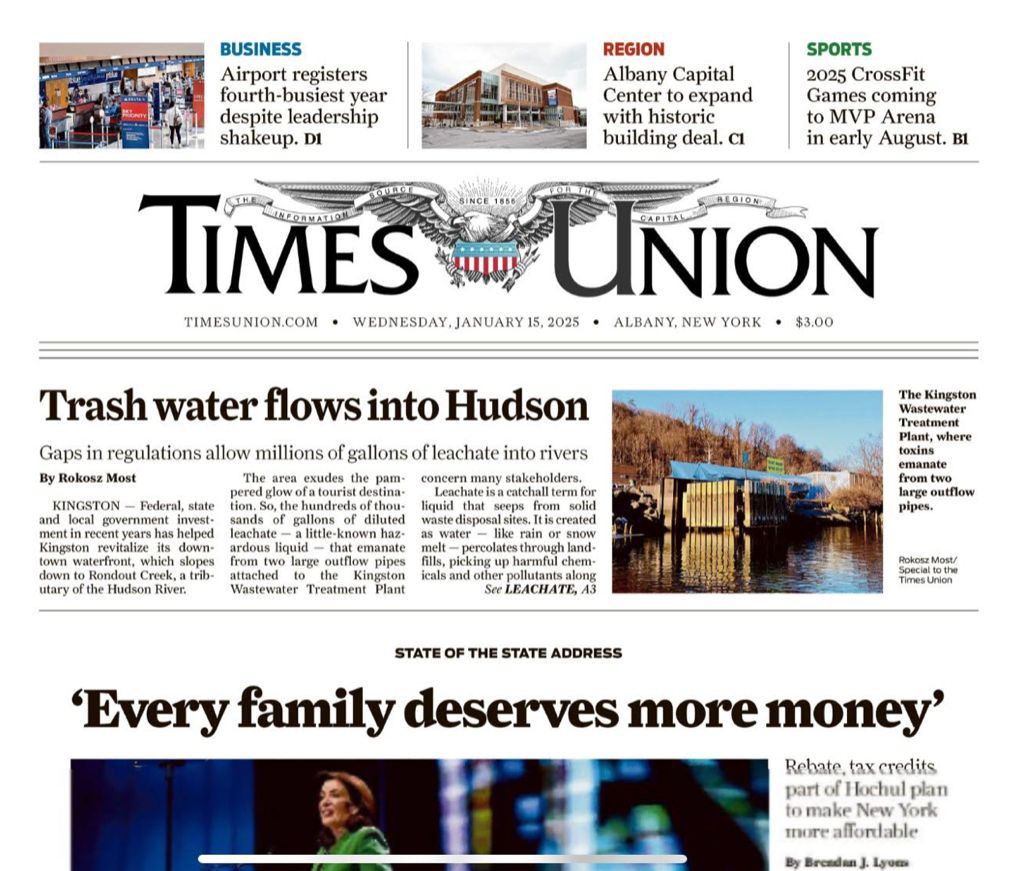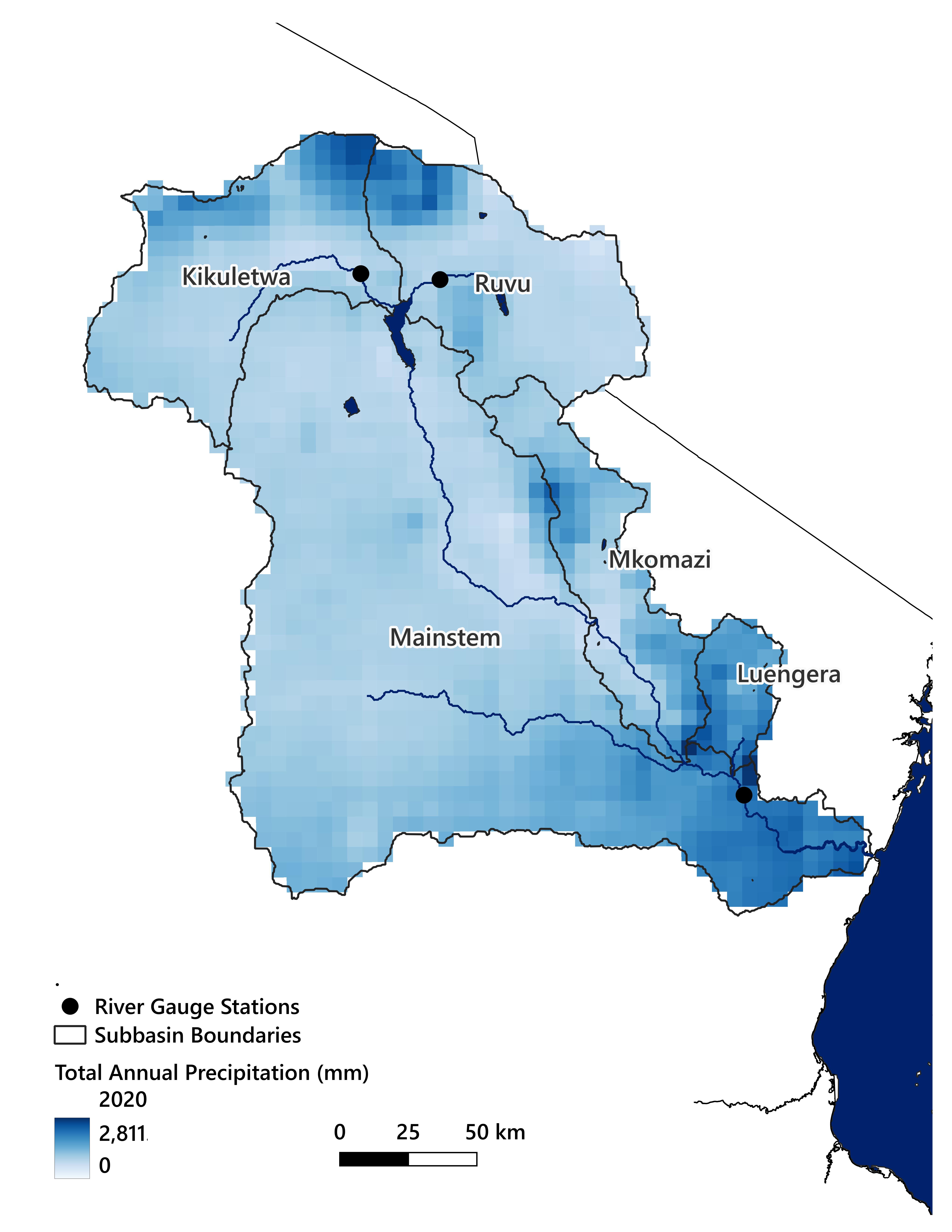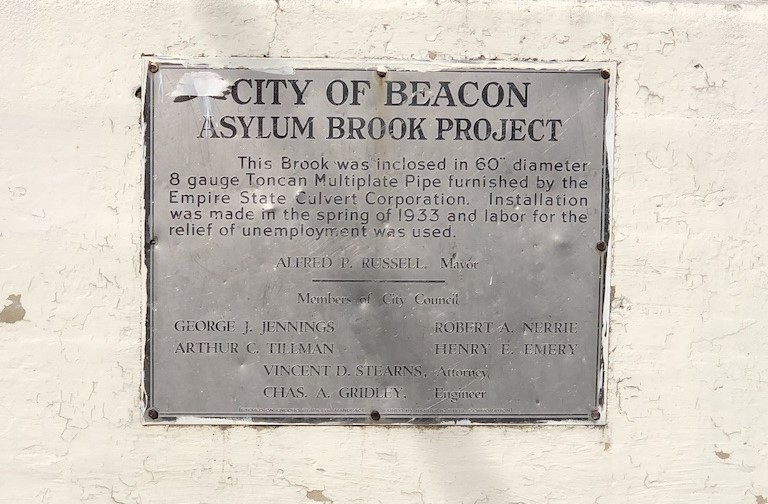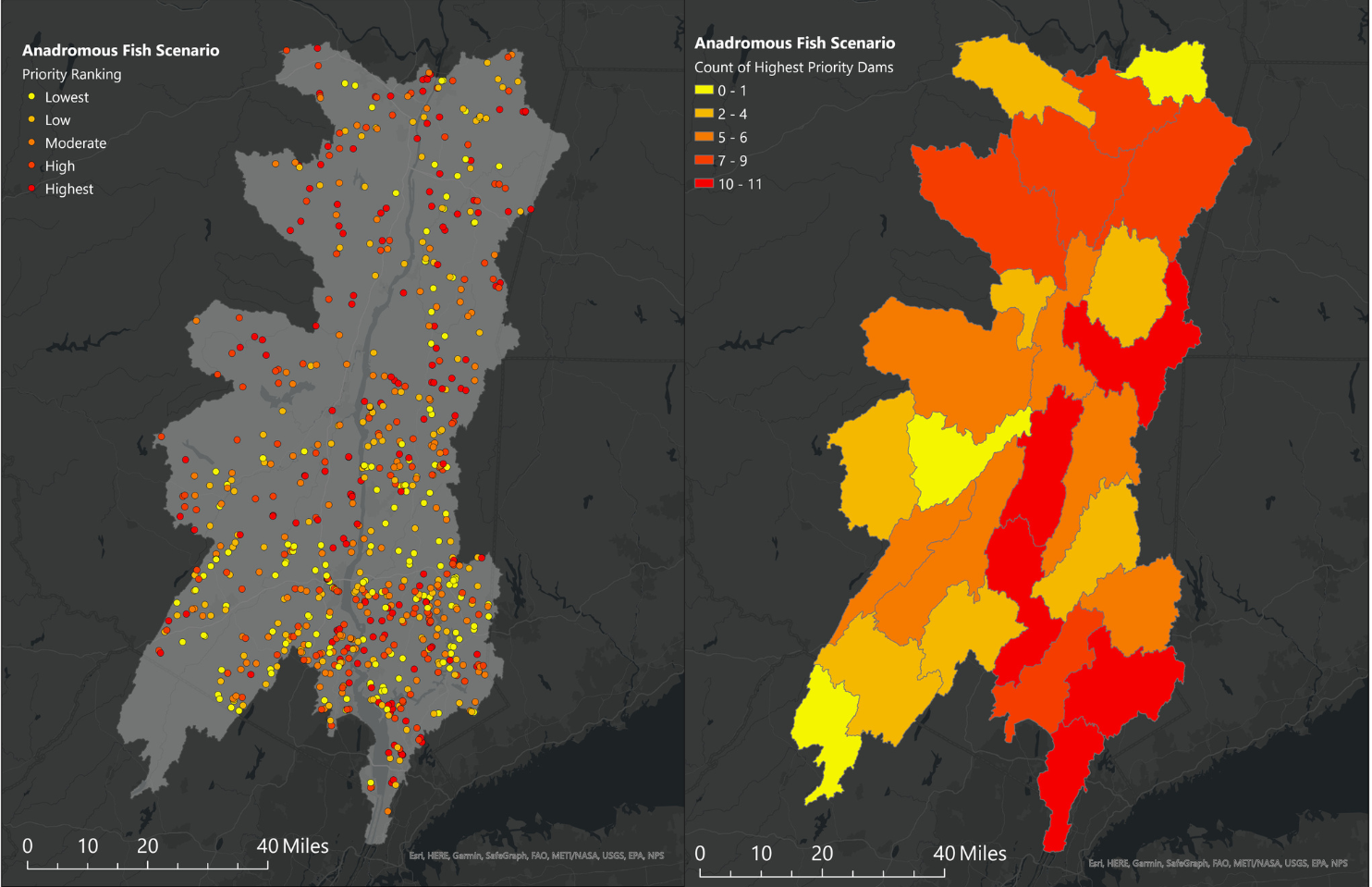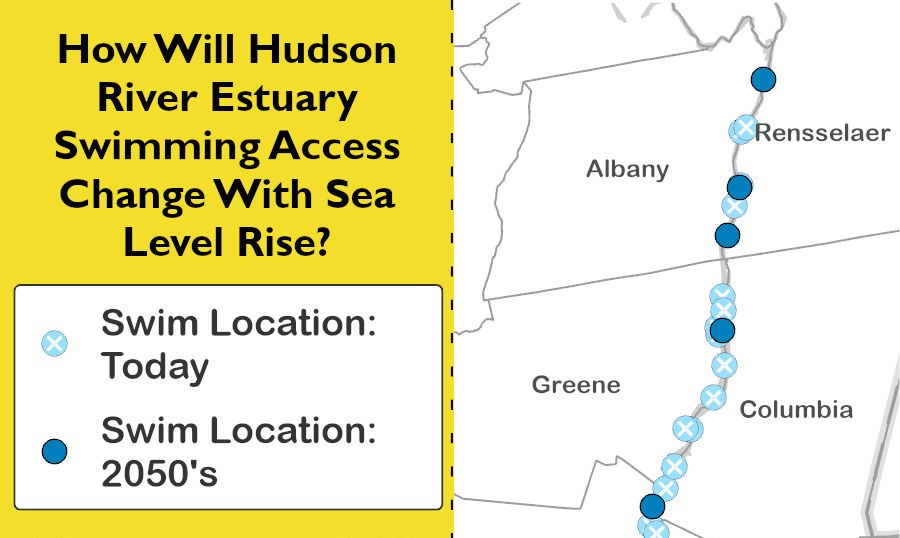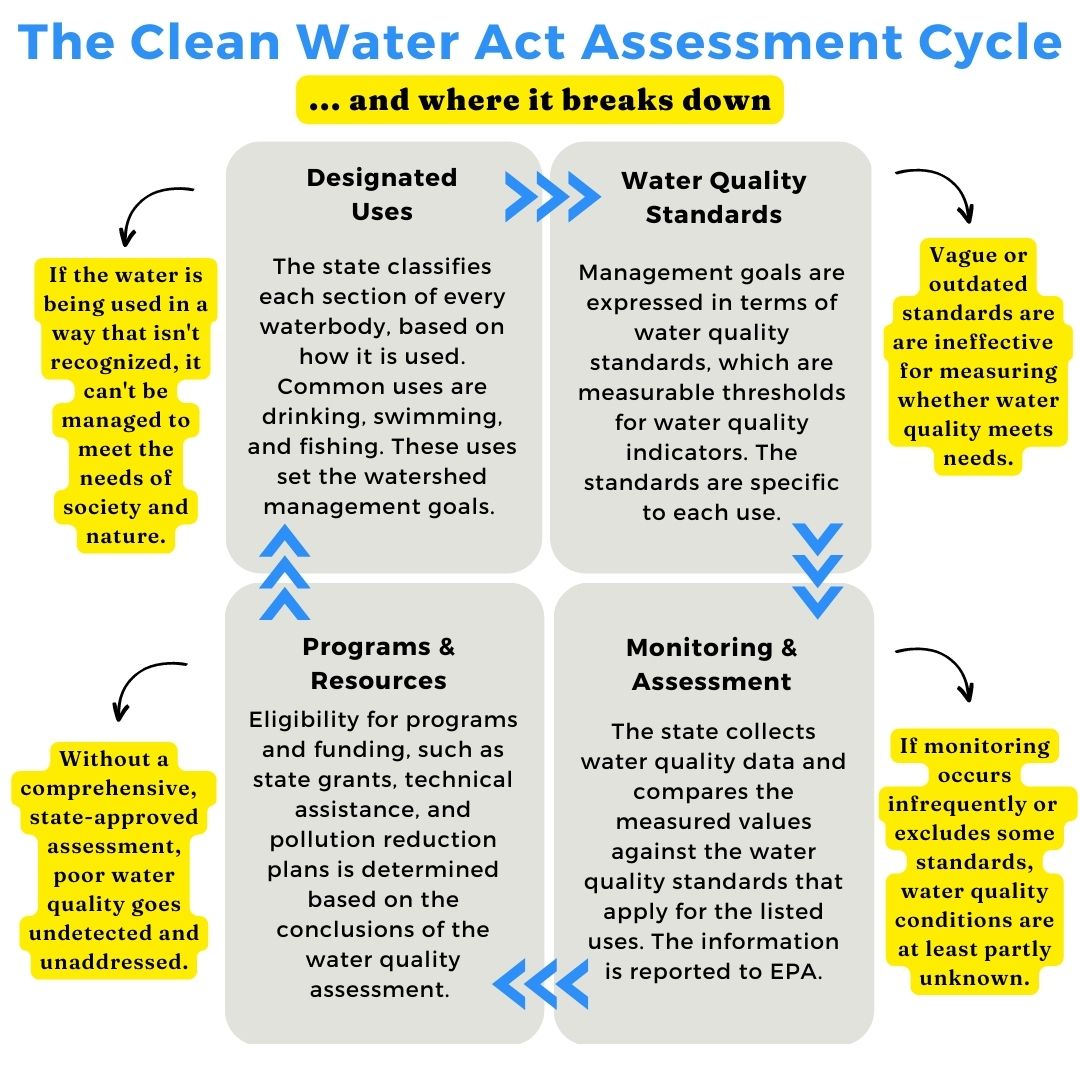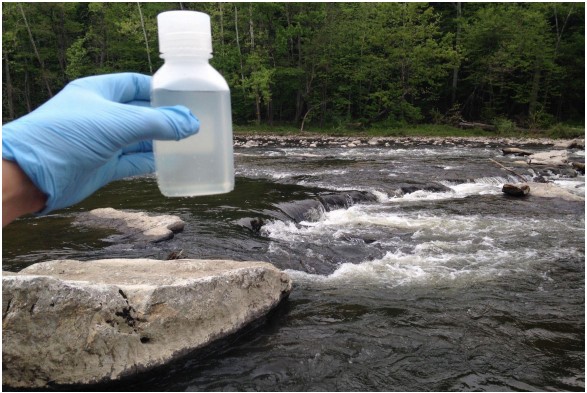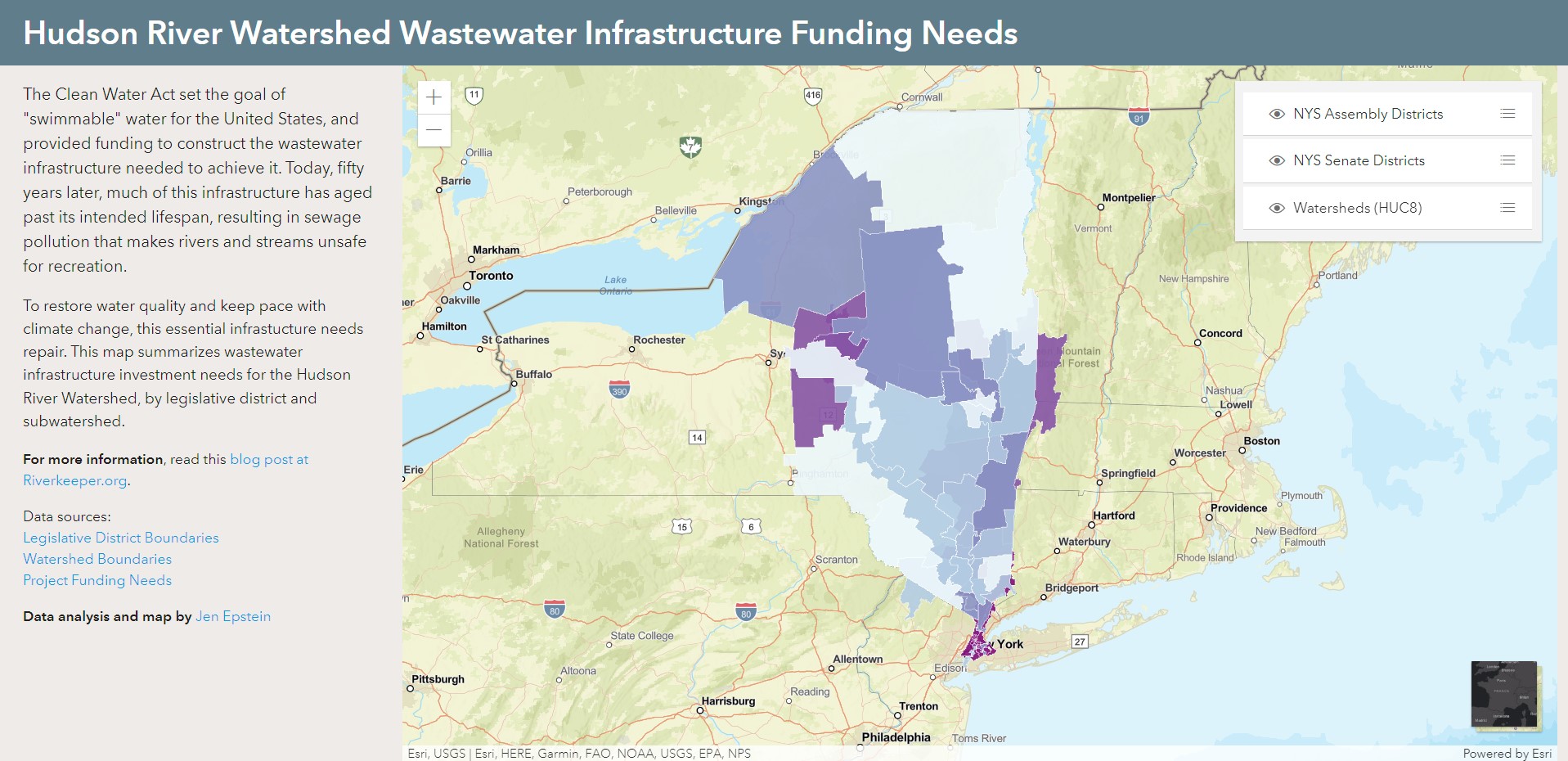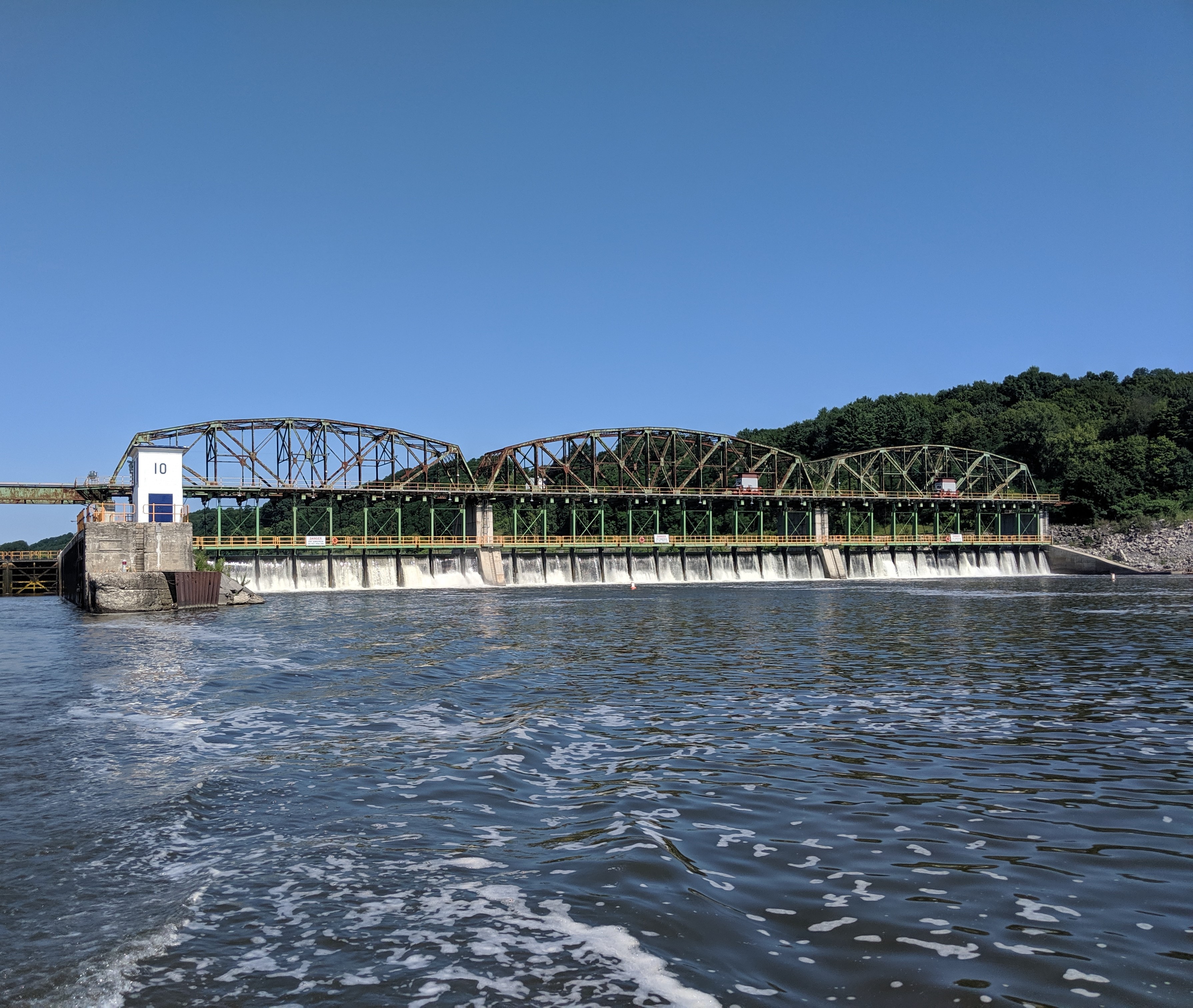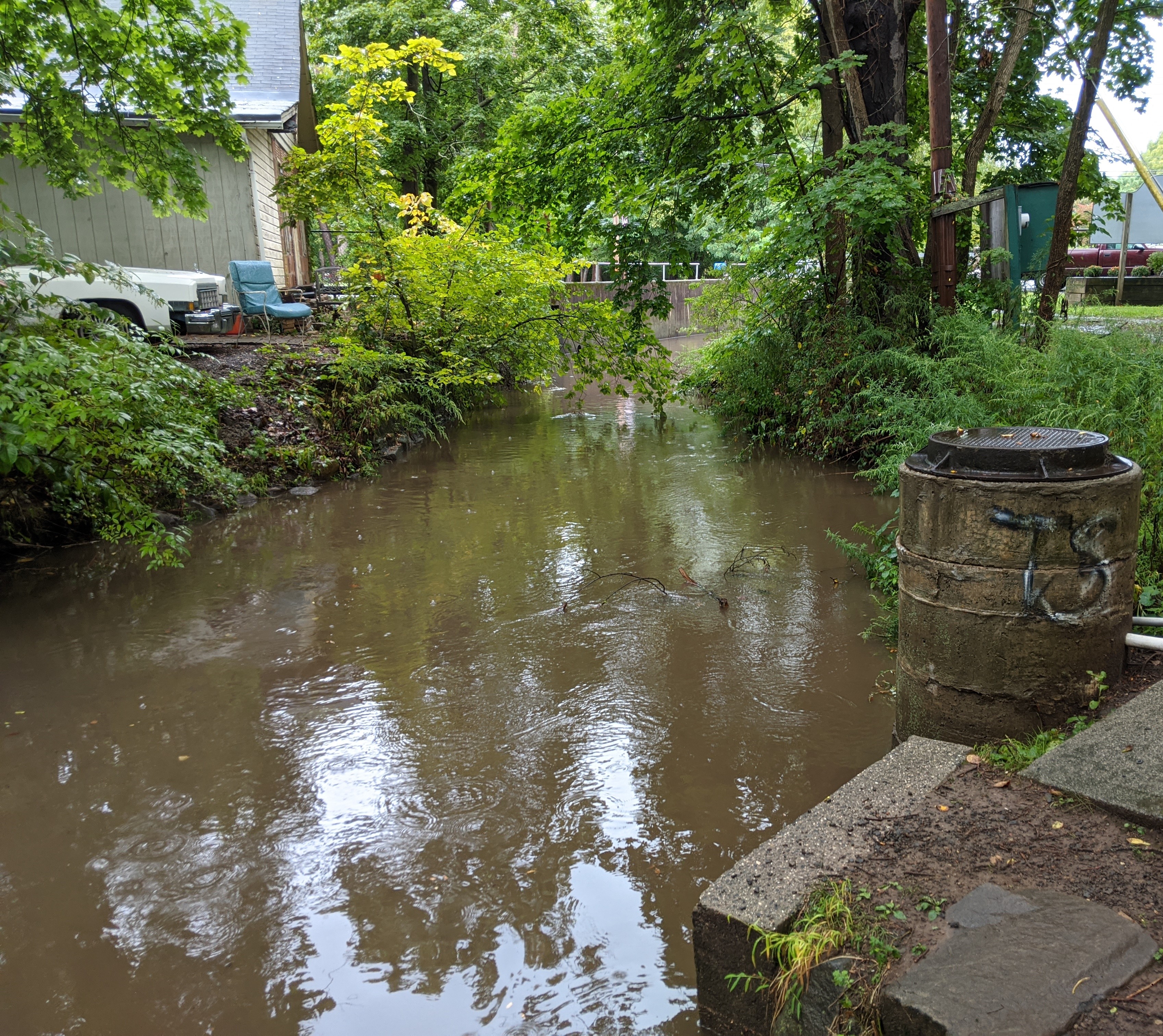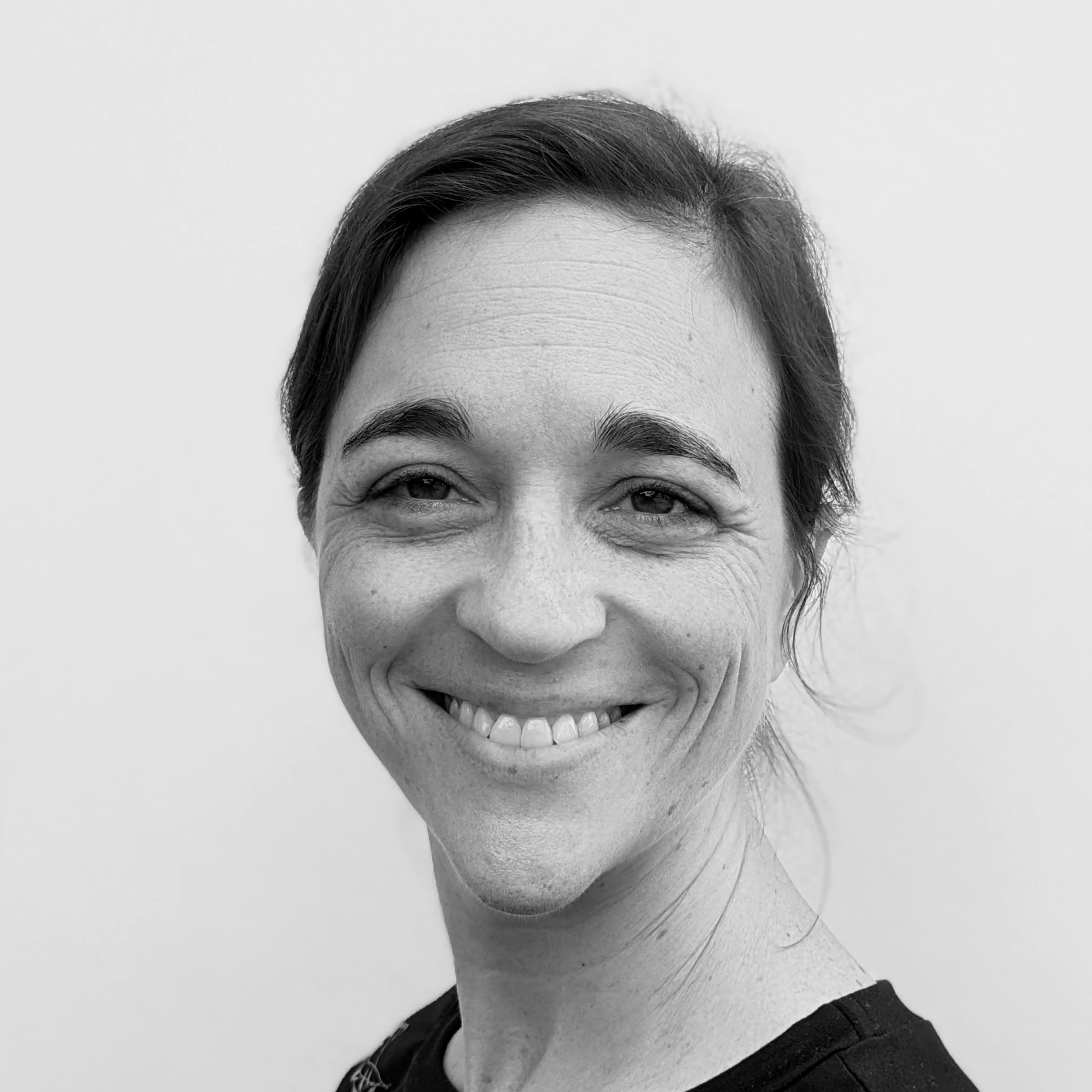
Jennifer Epstein
I work to translate big environmental issues into local contexts, helping people make informed decisions about how their communities should operate and develop. I do this by combining my experience in environmental policy, academic background in earth and biological sciences, and skills in programming and GIS. I thrive at the intersection of environmental science, data analytics, and policy advocacy.
I am driven by an insatiable curiosity about the world and an unquenchable desire to improve systems. My early career focused on freshwater ecology, with field work in rivers and wetlands, and research on water quality in urban streams. I spent several years managing a community-based water quality monitoring program and using the data to advocate for improved wastewater management.
No environmental problem exists in isolation, and I am in my zone when combining data and policy analysis to untangle complex issues. I am especially interested in water, specifically how constructed stormwater, wastewater, and drinking water systems intersect with each other and with natural streams, rivers, and wetlands. I bring an interdisciplinary mindset to every project.
A native of New York's Hudson Valley, I currently live in Arusha, Tanzania, with my husband and two kids. When I am not working, you can find me planning my family's next outdoor adventure, researching genealogy, or reading science fiction.
If my work interests you, feel free to reach out for a chat. I’m always interested in learning from others.
